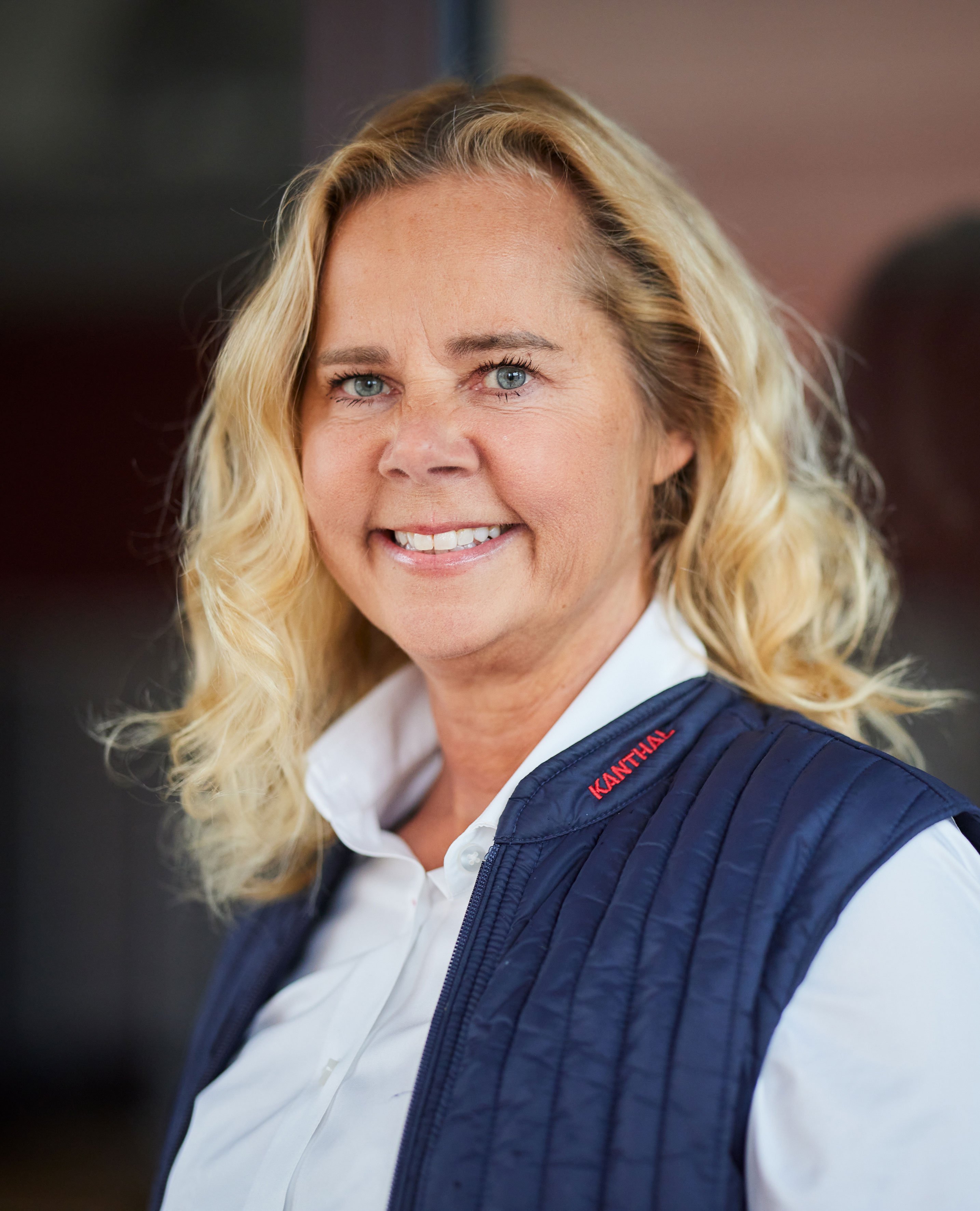For Kanthal, a global leader in industrial heating technology, EHS is part of its identity. “My role is to ensure that working conditions enable employees to work safely. That includes conducting audits, investigating incidents, and developing safety programs,” says Susanna Henriksson, Kanthal’s EHS Manager.
 Susanna Henriksson, EHS Manager, Kanthal.Her role goes beyond compliance. It is about building a culture where safety and environmental responsibility drive decision-making at every level. Henriksson coordinates a newly launched safety campaign at Kanthal, working across divisions to reinforce best practices.
Susanna Henriksson, EHS Manager, Kanthal.Her role goes beyond compliance. It is about building a culture where safety and environmental responsibility drive decision-making at every level. Henriksson coordinates a newly launched safety campaign at Kanthal, working across divisions to reinforce best practices.
Why EHS matters for Kanthal
Kanthal operates in industries where safety and environmental impact must be carefully managed. EHS policies safeguard employees, reduce risks, and ensure that the company remains a trusted partner in the market.
“If you don’t have people who are all right, production suffers,” Henriksson explains. A proactive approach to risk management helps the company avoid costly disruptions while protecting its workforce.
Managing compliance is a central part of her job. The company has also seen a measurable improvement in workplace safety. Over the past year, its Total Recordable Incident Rate (TRIR) dropped from 12 to 5, a major achievement. “That signals real progress,” Henriksson states.
The business impact of EHS
When employees feel safe and valued, they become ambassadors for the company. That creates a positive reputation, internally and externally.
A strong safety culture benefits both employees and the business. Fewer workplace injuries mean lower costs, higher productivity, and a more engaged workforce. Henriksson sees a direct connection between employee well-being and company performance.
“When employees feel safe and valued, they become ambassadors for the company. That creates a positive reputation, internally and externally,” she explains.
Kanthal relies on internal audits to assess progress and identify areas for improvement. These audits provide insights that help management refine policies and align them with global standards such as ISO 9001, 14001, and 45001. “If you work in an iterative process, you always find new areas to improve,” Henriksson adds.
The company recently trained 15 internal auditors, strengthening oversight and efficiency. “Internal audits provide security for management and give better control over business processes,” she shares.
Integrating sustainability into EHS
Environmental responsibility has become a growing focus within EHS at Kanthal. “We have a five-year plan to reduce our carbon footprint. We’re also identifying waste streams to improve circularity,” Henriksson explains.
The company is also developing a waste management plan to optimize its processes. “We’re involved earlier in discussions about new machines and production changes to assess environmental benefits.
She believes this strategic shift marks an important step forward. “The focus on sustainability is increasing. This will put us on a new level.”
Navigating the challenges
Balancing safety, environmental responsibility, and operational efficiency comes with real challenges. “Oftentimes, the challenge is cost as environmental goals require investment,” Henriksson says.
Regulatory pressure continues to grow with evolving policies such as CBAM and CSRD coming into force. “Regulations are becoming tougher. We need to assess whether we have the right competence and enough people to meet these demands,” she explains.
Older industrial environments add complexity. Some production lines require significant upgrades to meet modern safety and sustainability standards. Henriksson acknowledges the difficulty but remains optimistic. “We must optimize production processes while complying with new regulations. That’s a challenge, but we are making progress.”
Kanthal’s commitment to a stronger, safer future
Kanthal’s approach to EHS stands out because of its leadership-driven culture, structured training, and strong cross-functional collaboration. Success in safety does not happen by chance. “Ninety percent of the success in the safety journey is about leadership,” Henriksson emphasizes. Leadership sets the tone, but training and involvement at every level make the difference. “Leadership, training, and involvement are the key elements.”
EHS at Kanthal is not treated as a standalone function, it evolves alongside the business. “If you have a strong quality system and a mindset for sustainability, you come far. We are building on that foundation every day.”
Kanthal continues to invest in its people, refine its processes, and strengthen workplace safety. “We’re moving forward, and we are improving. That’s what matters,” Henriksson exclaims.



